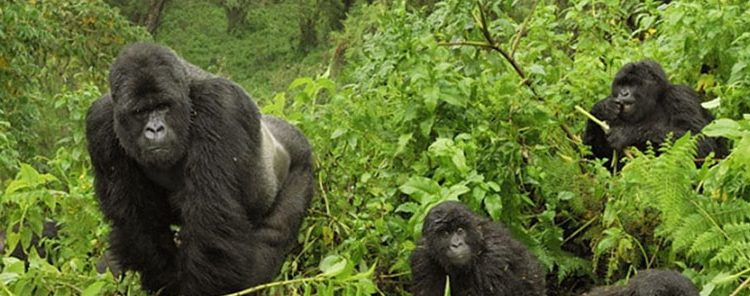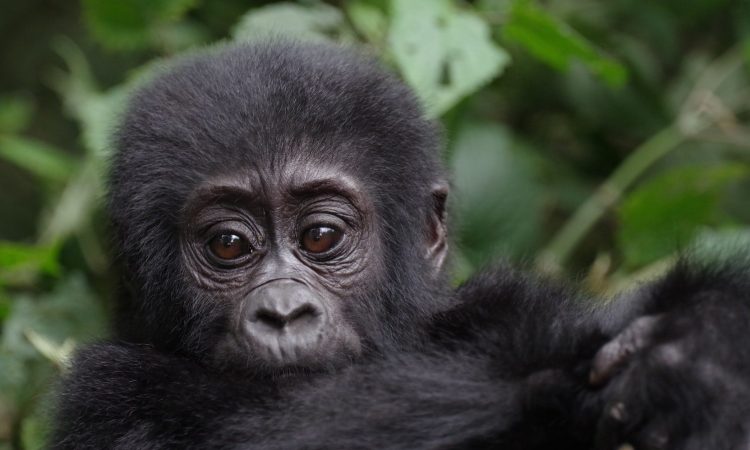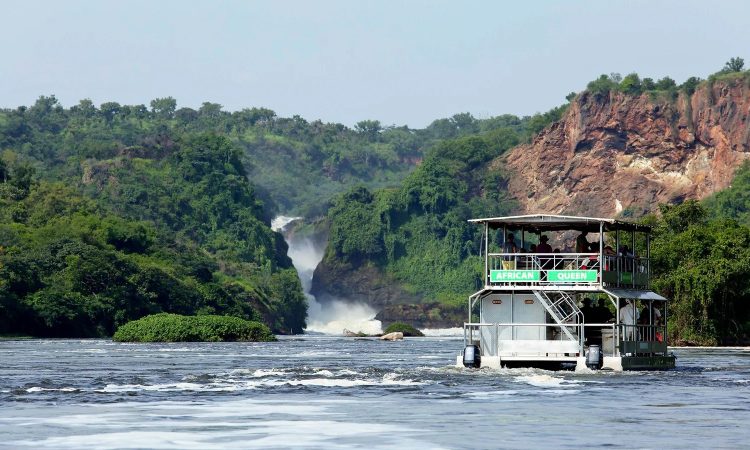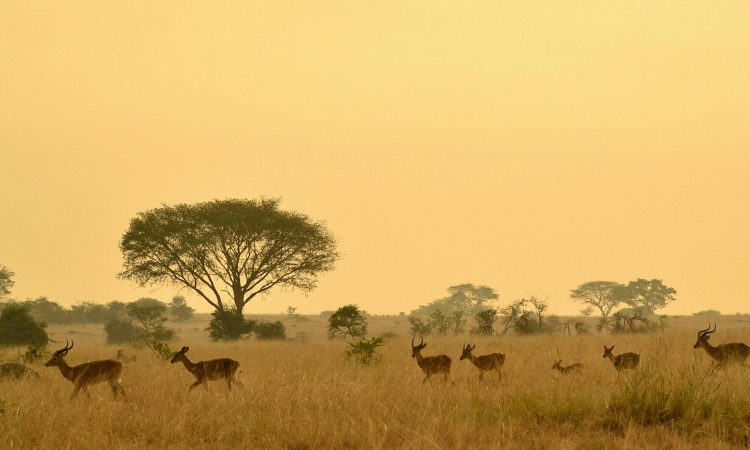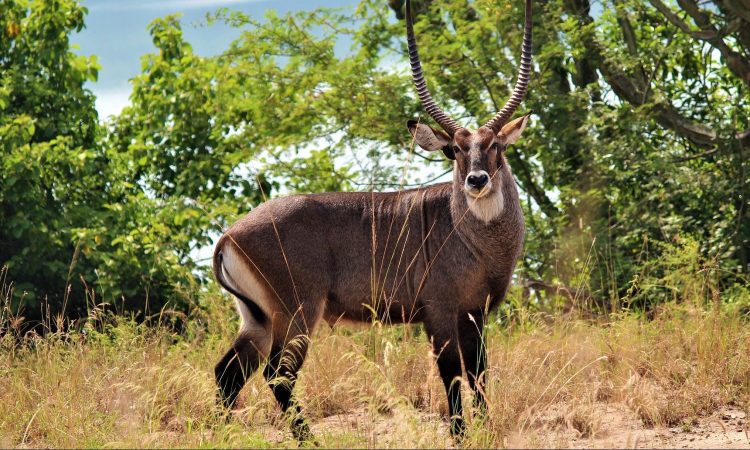Mountain gorilla predators are very few. Just like any other animal on earth, they also have predators and take various defense mechanisms to avoid them.
Mountain gorillas are a subspecies of primates and the largest in the world. They live in the Virunga Mountains and Bwindi Impenetrable National Park in Uganda.
There are slightly more than 1,000 mountain gorillas left in the world.
By joining gorilla trekking, you help support the protection of these animals and can help their numbers grow.
Mountain gorillas live in groups of 5 to 30 members. Each group is led by a silverback, an adult male, who is in charge of all the daily activities.
They are herbivores and feed on leaves, bamboo shoots, stems, and bark. About 25% of their diet is made up of fruits. They sometimes eat ants, termites, and other insects.
Mountain gorillas have a slow birth rate. A female usually has only 4 to 6 babies in her lifetime.
The pregnancy period for a female mountain gorilla is eight and a half months. She is only fertile for about 1 to 2 days in a month.
When ready to mate, the female is the one who approaches the male.
Predators of Mountain Gorillas
- Leopards: In places where both gorillas and leopards live, leopards can be a threat. A leopard is strong and smart enough to kill an adult gorilla and eat it.
- Humans: Humans are the main threat to mountain gorillas. Some people hunt gorillas for bushmeat, which they eat. Others capture gorillas for the illegal pet trade and keep them as pets or in private zoos.
In some cases, traditional healers kill gorillas because they believe parts of the animal have special powers or can be used as charms.
Gorillas also get injured or killed by traps that are meant for other animals, such as antelopes.
Book Your Tour Now
If you want to add more days or visit more places, please contact us through our main contact page using the button below.

